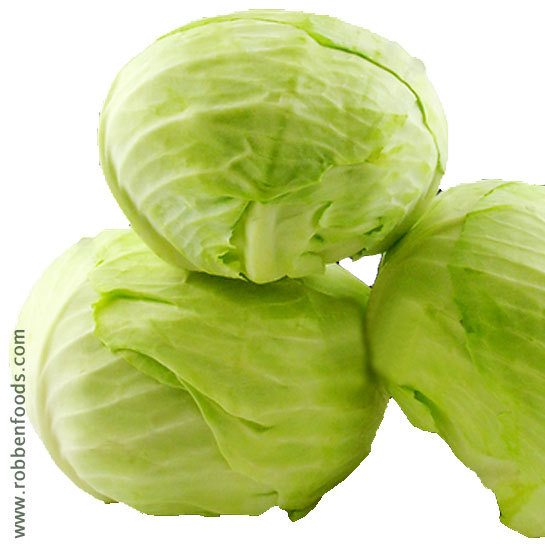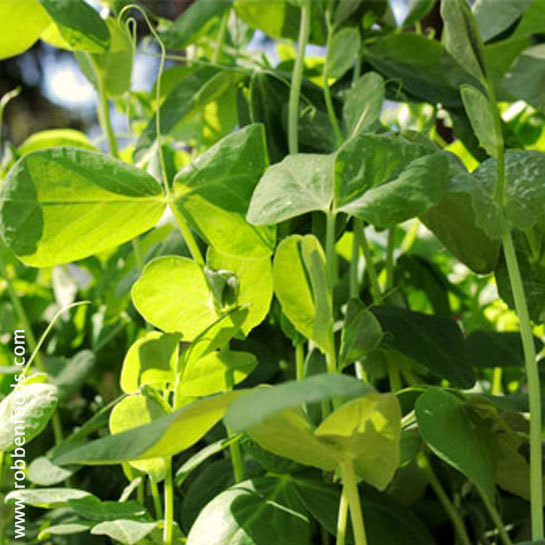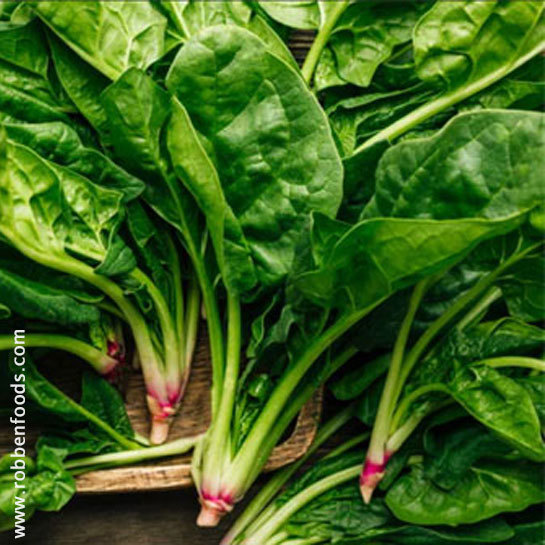One of the most crucial aspects of caring for cauliflower is managing temperature fluctuations.
Cauliflower, with its delicate and versatile nature, has become a favorite among growers and consumers alike. While not the easiest vegetable to cultivate due to its sensitivity to temperature changes, its profitability and nutritional benefits make it a worthy addition to any farm. In this article, we will explore the process of growing cauliflower on the farm, from seed to harvest, and uncover the rich history behind this cultivated variety of the wild Brassica oleracea.
The Beginnings of Cauliflower Cultivation: A Historical Journey
The origins of cauliflower can be traced back to the Northeastern Mediterranean region, particularly Cyprus. Unlike broccoli, which has been cultivated in the Mediterranean since Ancient Roman times, cauliflower's journey to its modern form involved centuries of human intervention through selective breeding. Originally, cauliflower's wild ancestor, Brassica oleracea, bore little resemblance to the plump, creamy-white heads we know today. Through the careful selection of desired traits, ancient farmers gradually enhanced the plant to produce the nutritious and appealing vegetable we now enjoy.
Starting from Seed: The Foundation of a Successful Crop
Most commercial cauliflower growers opt to start the crop from hybrid seeds in an indoor protected environment. This controlled environment allows for optimal conditions to ensure successful germination and seedling development. The cauliflower seeds are sown in carefully prepared seedbeds, where the temperature is maintained at a steady 20-30°C (68-86°F). These warm and consistent temperatures promote quick and uniform germination, setting the stage for a healthy cauliflower crop.
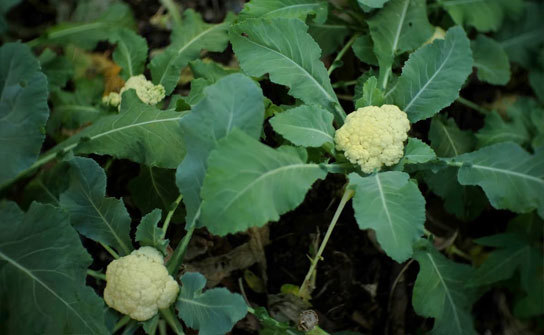
The Transplanting Process: From Seedlings to their Final Destination
Once the cauliflower seedlings have reached an appropriate size and strength, they are ready to be transplanted into their final positions in the field. This step is critical for the success of the crop, as cauliflower is sensitive to sudden changes in temperature and environment. Growers must exercise caution during the transplanting process to minimize shock to the young plants.
Before transplanting, it is essential to prepare the field properly. The soil should be well-drained, fertile, and enriched with organic matter to support the cauliflower's growth. Additionally, it is advisable to conduct a soil test to ensure the appropriate pH level and nutrient balance. Once the field is prepared, the seedlings can be carefully removed from the seedbeds and transplanted at the recommended spacing, which usually ranges from 18 to 24 inches apart.
Caring for Cauliflower: Nurturing Growth and Preventing Challenges
Cauliflower demands special care throughout its growth cycle. One of the most crucial aspects of caring for cauliflower is managing temperature fluctuations. To shield the plants from sudden temperature changes, growers can utilize protective covers or tunnels to create a more stable microclimate. This practice is particularly important in regions with unpredictable weather patterns or extreme temperature shifts.
In addition to temperature management, cauliflower plants require consistent watering to prevent stress and ensure healthy development. Adequate irrigation is crucial during the head-forming stage, as cauliflower heads need continuous moisture to achieve their characteristic firm texture and rich flavor. Mulching can be employed to retain soil moisture, reduce weed competition, and maintain a more stable soil temperature.
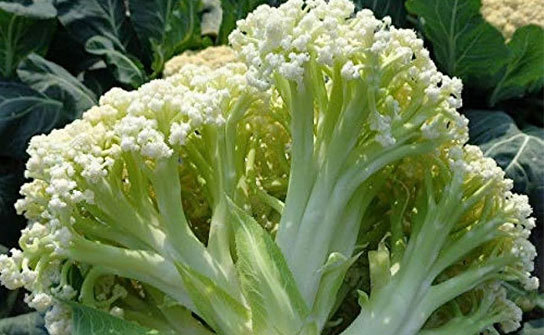
Protecting the Cauliflower Crop: Pest and Disease Management
Cauliflower faces several potential challenges from pests and diseases that can hinder its growth and yield. Common pests that target cauliflower include aphids, cabbage worms, and flea beetles, while diseases such as clubroot and downy mildew can also pose significant threats. Integrated Pest Management (IPM) strategies that combine cultural, biological, and chemical controls can be employed to manage these challenges effectively.
Using beneficial insects, like ladybugs and lacewings, can help control pest populations naturally. Crop rotation, proper sanitation practices, and selecting disease-resistant cauliflower varieties are vital components of a successful IPM approach. If necessary, targeted and judicious application of pesticides can be considered as a last resort, always adhering to safety guidelines and regulations.
The Bountiful Harvest: Picking and Handling Cauliflower Heads
The moment of truth arrives when the cauliflower heads are ready for harvest. Timing is crucial during this stage, as harvesting too early or too late can affect the quality and flavor of the cauliflower. As the heads reach their ideal size and density, growers carefully use knives to cut the cauliflower heads from the plant. The outer leaves are trimmed, and the harvested cauliflower heads are then gently placed on the conveyor line of the harvesting rig.
A Fruitful Endeavor for Farmers
While growing cauliflower may present its challenges, the journey from seed to harvest is ultimately rewarding for farmers. With proper care, attention to detail, and a little help from modern farming techniques, cauliflower can thrive and become a profitable addition to any farm. From its humble beginnings in the Northeastern Mediterranean to its place as a beloved and nutritious vegetable, cauliflower continues to capture the hearts of farmers and consumers alike, showcasing the remarkable potential that human intervention can unlock in the natural world.
